News Paper / New Print as Mulch
cammunizm
12 years ago
Related Stories

GARDENING GUIDESNew Ways to Think About All That Mulch in the Garden
Before you go making a mountain out of a mulch hill, learn the facts about what your plants and soil really want
Full Story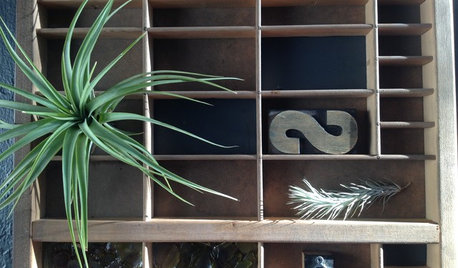
DIY PROJECTSReinvent It: Grow a Mini Vertical Garden in Printing Press Drawers
Make a living wall composition from vintage finds and greenery, for an artful indoor garden
Full Story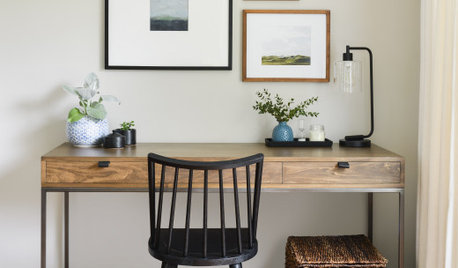
LIFESimple Pleasures: Put Pen to Paper
Note writing a lost art? Not when you have a nice selection of papers, a dedicated spot and the right frame of mind
Full Story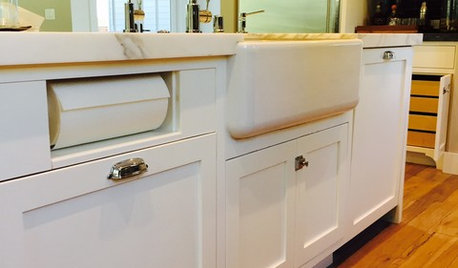
KITCHEN DESIGNKitchen Details: Out-of-Sight Paper Towel Holder
See how some homeowners are clearing the counter of clutter while keeping this necessity close at hand
Full Story
ORGANIZINGDo It for the Kids! A Few Routines Help a Home Run More Smoothly
Not a Naturally Organized person? These tips can help you tackle the onslaught of papers, meals, laundry — and even help you find your keys
Full Story
KITCHEN DESIGN10 Inventive Ideas for Kitchen Islands
Printed glass, intriguing antiques, unexpected angles – these islands show there's no end to creative options in kitchen design
Full Story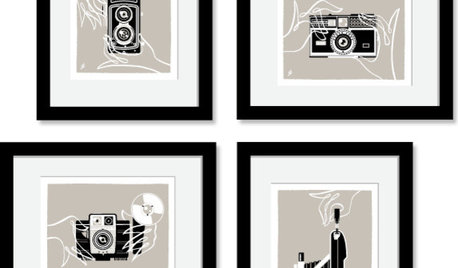
DECORATING GUIDESOn Trend: Vintage Camera Decor
Give your rooms new focus and a clear edge with prints, furniture and accessories that recall old-school camera glory
Full Story
HOLIDAYS5 Gifts for the Home They'll Love — That Cost Next to Nothing
Print your own gift coupons: Offer your time and skill for presents your loved ones will really use
Full Story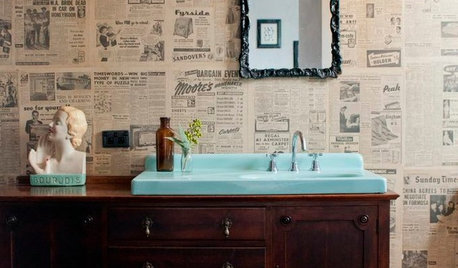
DECORATING GUIDESSo Your Style Is: Black, White and Read All Over
Make headlines at home with newsworthy decor
Full Story
HOME OFFICESOnline Tools Help Paperless Plunge
Pay bills, catch up on reading and keep track of schedules and dates with these terrific online tools
Full Story







gardengimp
corar4gw
Related Professionals
Allen Landscape Architects & Landscape Designers · Camas Landscape Architects & Landscape Designers · Sand Springs Landscape Architects & Landscape Designers · Brandon Landscape Contractors · Burlington Landscape Contractors · Oak Harbor Landscape Contractors · Painesville Landscape Contractors · Post Falls Landscape Contractors · Boone Decks, Patios & Outdoor Enclosures · Huntington Decks, Patios & Outdoor Enclosures · Rosemont Decks, Patios & Outdoor Enclosures · Saint Louis Park Decks, Patios & Outdoor Enclosures · New Port Richey East Siding & Exteriors · San Diego Siding & Exteriors · Clearfield Siding & ExteriorsL_in_FL
cammunizmOriginal Author
writersblock (9b/10a)
L_in_FL
L_in_FL
writersblock (9b/10a)
zzackey
corar4gw